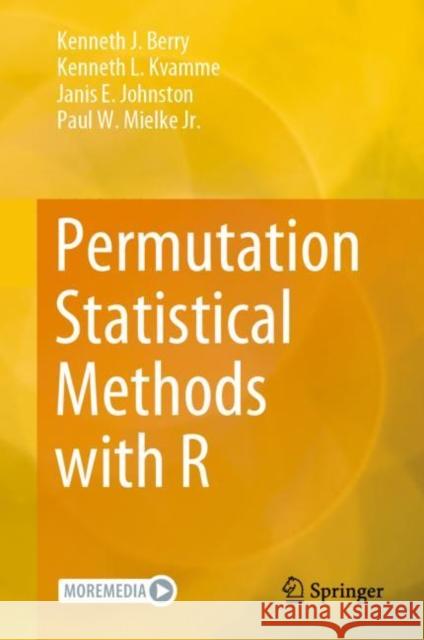Permutation Statistical Methods with R » książka
topmenu
Permutation Statistical Methods with R
ISBN-13: 9783030743604 / Angielski / Twarda / 2021 / 642 str.
Permutation Statistical Methods with R
ISBN-13: 9783030743604 / Angielski / Twarda / 2021 / 642 str.
cena 562,23
(netto: 535,46 VAT: 5%)
Najniższa cena z 30 dni: 539,74
(netto: 535,46 VAT: 5%)
Najniższa cena z 30 dni: 539,74
Termin realizacji zamówienia:
ok. 22 dni roboczych
Dostawa w 2026 r.
ok. 22 dni roboczych
Dostawa w 2026 r.
Darmowa dostawa!
Kategorie:
Kategorie BISAC:
Wydawca:
Springer
Język:
Angielski
ISBN-13:
9783030743604
Rok wydania:
2021
Wydanie:
2021
Ilość stron:
642
Waga:
1.12 kg
Wymiary:
23.39 x 15.6 x 3.66
Oprawa:
Twarda
Wolumenów:
01
Dodatkowe informacje:
Wydanie ilustrowane











